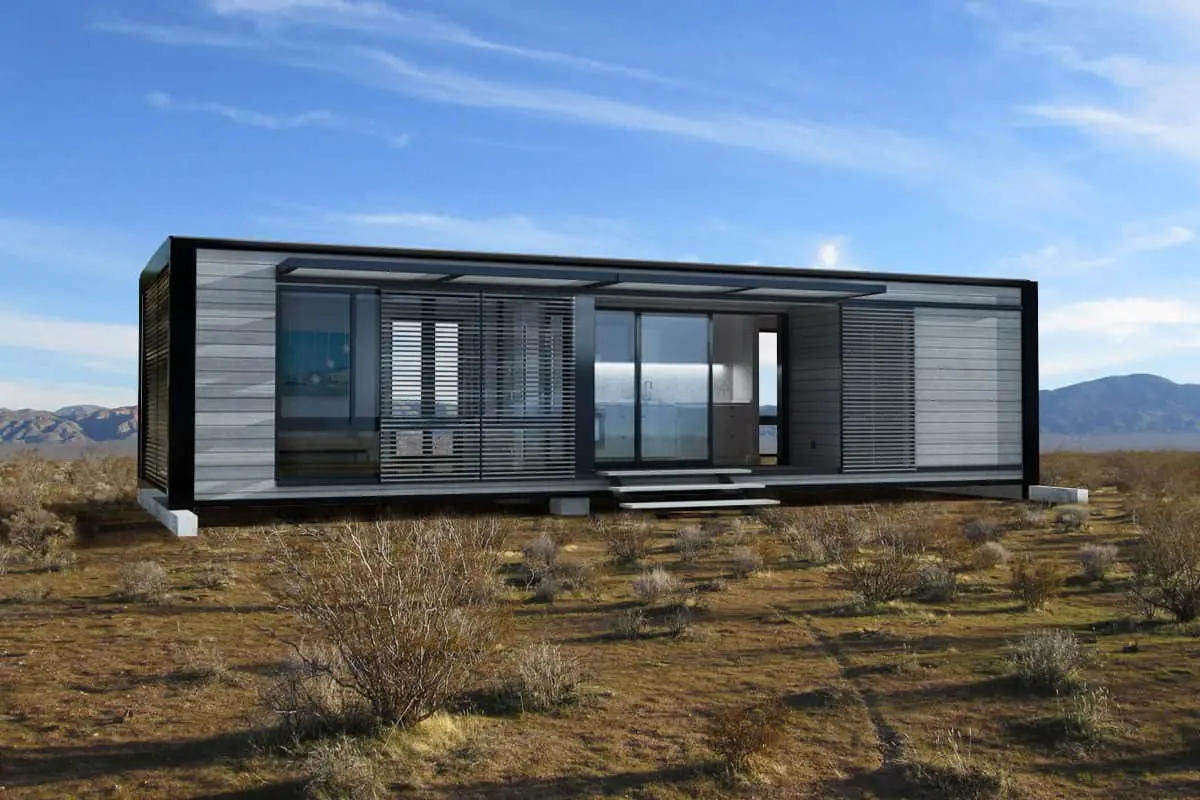Energy Efficient Manufactured Homes: The Future of Housing
Energy efficient Manufactured homes are continuing their rise in popularity in the housing market of today, and for good reason. The technology and special features that are more readily available in these homes are attracting more and more of the market. Particularly in the first time buyer sphere, people are realizing that more value for the cost is the right way to go. And that’s something that manufactured housing is more than willing to provide. Energy efficient manufactured homes save money monthly on your bills and make your home more sustainable for the future, thereby extending the life of the house to last you as long as you need it to.
 All manufactured homes are subject to the Manufactured Home Construction and Safety Standards or “HUD Code” rather than local building codes. They are required to display a red certification label on the exterior of each transportable section, meaning they have been inspected by a certified inspector and are up to par with the HUD’s stringent code requirements. The HUD code is a set of manufactured home industry standards published and maintained by HUD that establishes standards for design and construction, strength and durability, fire resistance, energy efficiency, transportability, and quality control. It also sets performance standards for the heating and air conditioning, plumbing, thermal, and electrical systems. Such systems include the solar panels and other waste management sustainability options, and those are what are going to save you money in the long run. Check out some manufactured home floor plans to see your options.
All manufactured homes are subject to the Manufactured Home Construction and Safety Standards or “HUD Code” rather than local building codes. They are required to display a red certification label on the exterior of each transportable section, meaning they have been inspected by a certified inspector and are up to par with the HUD’s stringent code requirements. The HUD code is a set of manufactured home industry standards published and maintained by HUD that establishes standards for design and construction, strength and durability, fire resistance, energy efficiency, transportability, and quality control. It also sets performance standards for the heating and air conditioning, plumbing, thermal, and electrical systems. Such systems include the solar panels and other waste management sustainability options, and those are what are going to save you money in the long run. Check out some manufactured home floor plans to see your options.
Take into consideration some of these other options from Energy.gov that might be less well known, but whose savings are very real and noticeable:
- Installing a geothermal heat pump (GHP), which can provide space heating and cooling. GHPs are most cost-effective to install at the same time as the manufactured home. The systems can’t be moved, so GHPs only work for permanently sited manufactured homes.
- Using passive solar design by adding a sunspace, orienting the home to maximize solar exposure, landscaping for energy efficiency, and using shading devices.
- Installing a micro-hydropower system to generate electricity if your manufactured home is or will be located where you have access to flowing water. Although you can move a micro-hydro power system, you can’t take the hydropower resource with you, which makes these systems best suited for permanently sited manufactured homes.

Besides power systems, being mindful of how your waste is managed is a good way to close the recycling loop and save some money in the process. Composting options and other forms of waste recycling enable a more self-sufficient and off the grid for those looking to make that transition in their lives. For everyone else, small adjustments like this can translate to huge savings in the long run if managed properly and done well. Consult with your certified manufactured home builders to decide the best route for your housing needs. Manufactured home lenders can also help decide how to finance these upgrades for your circumstances.




